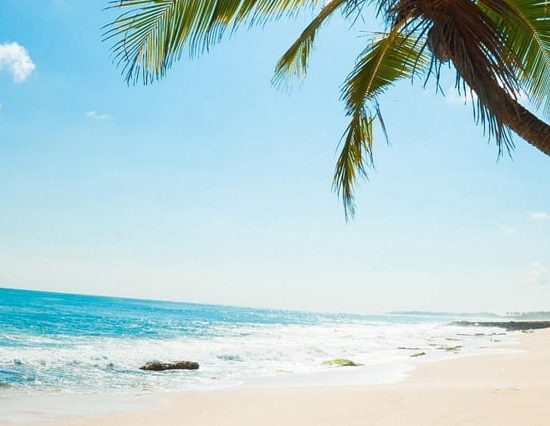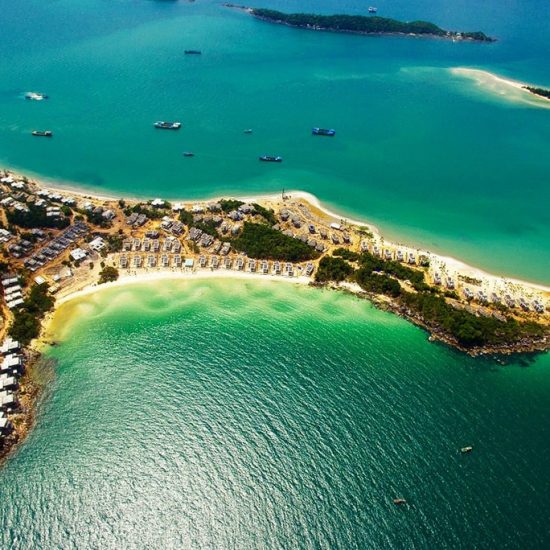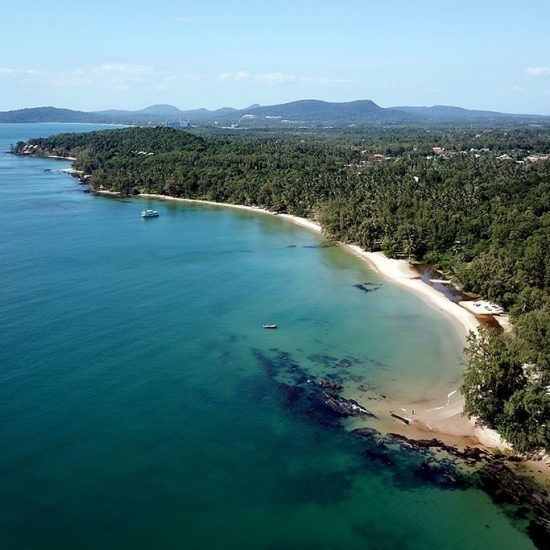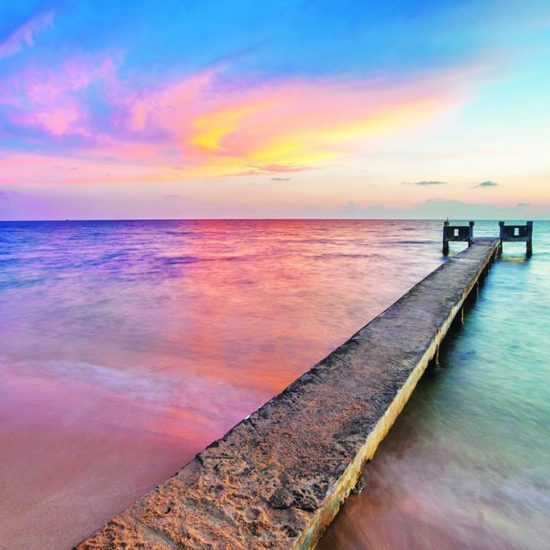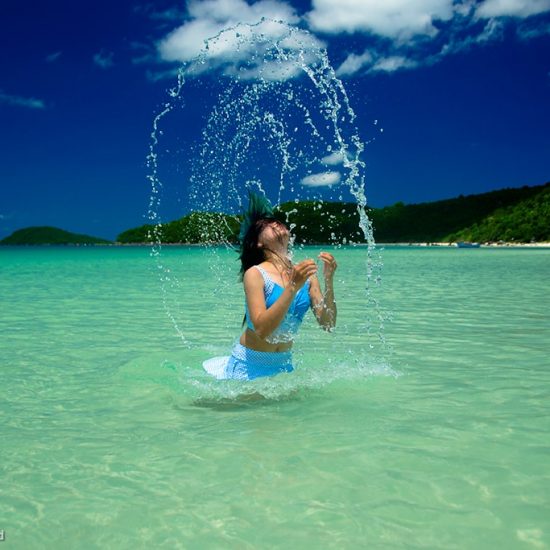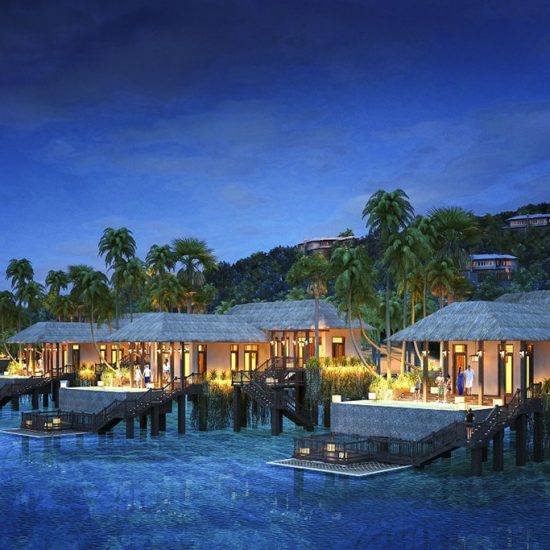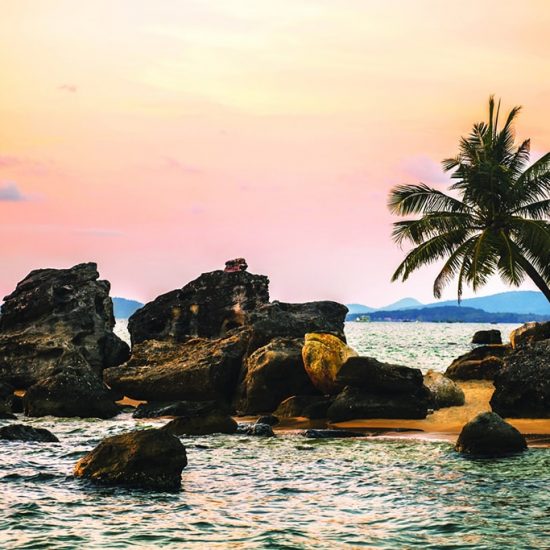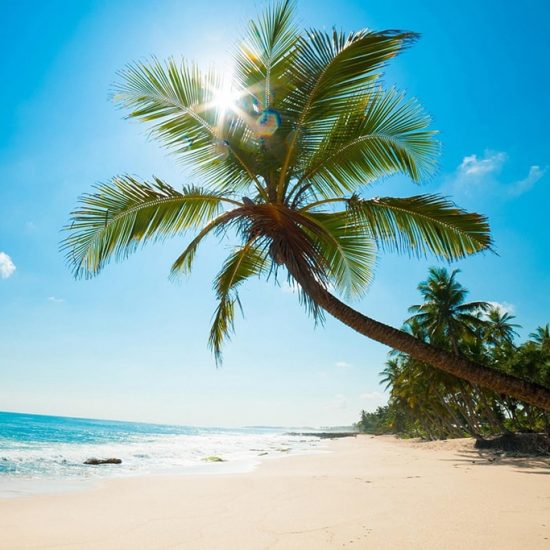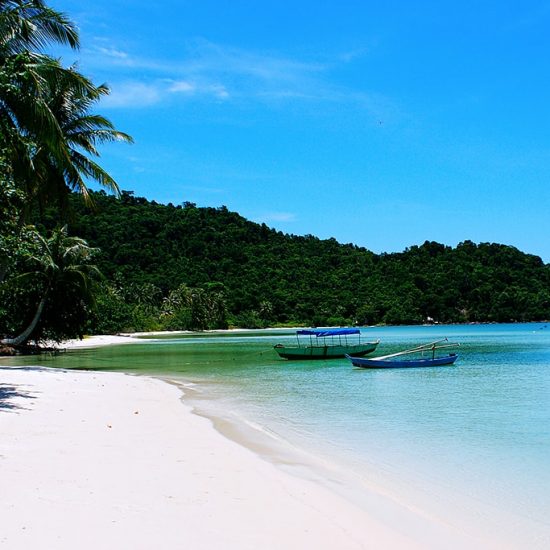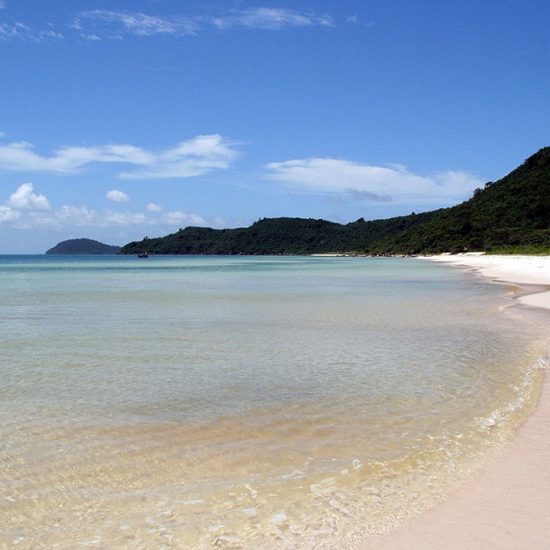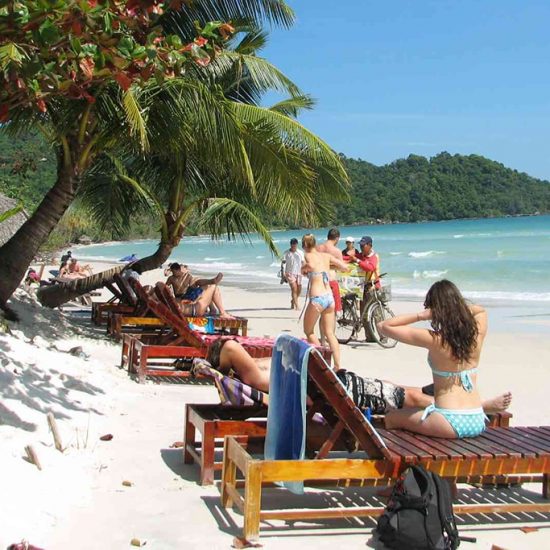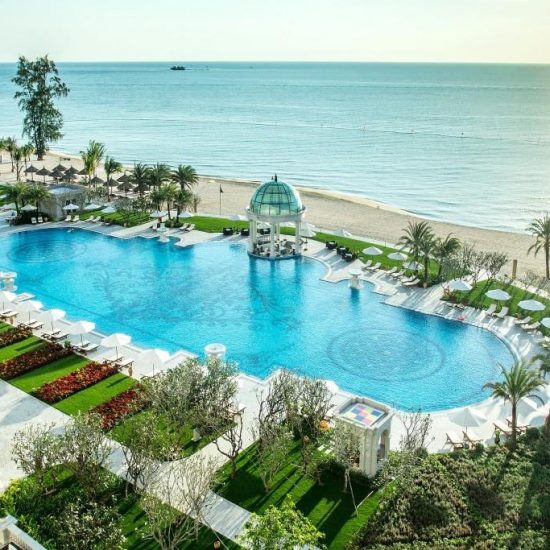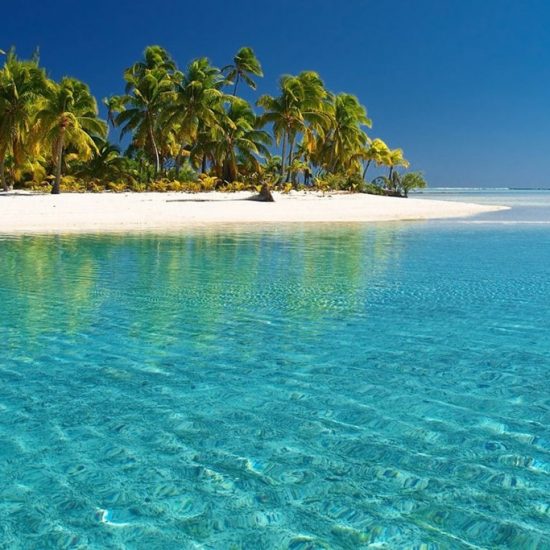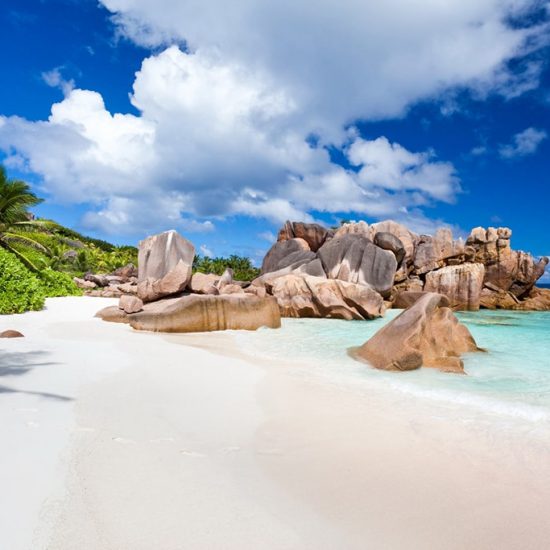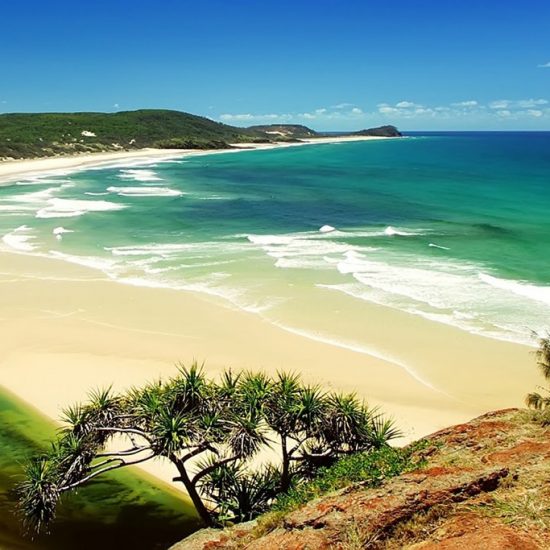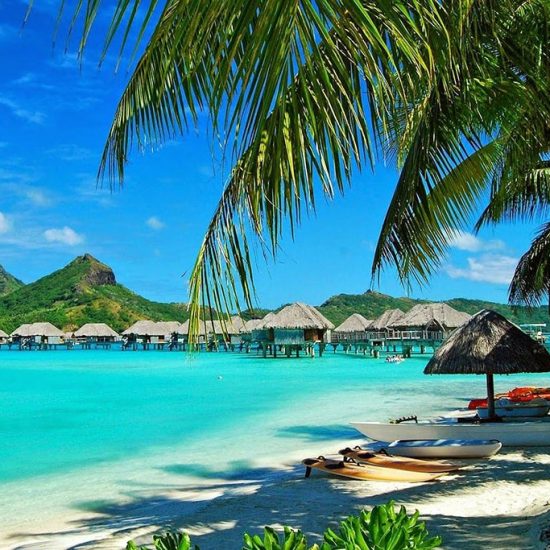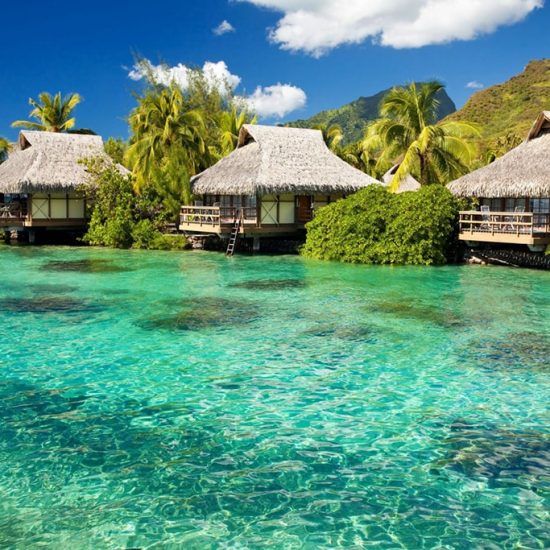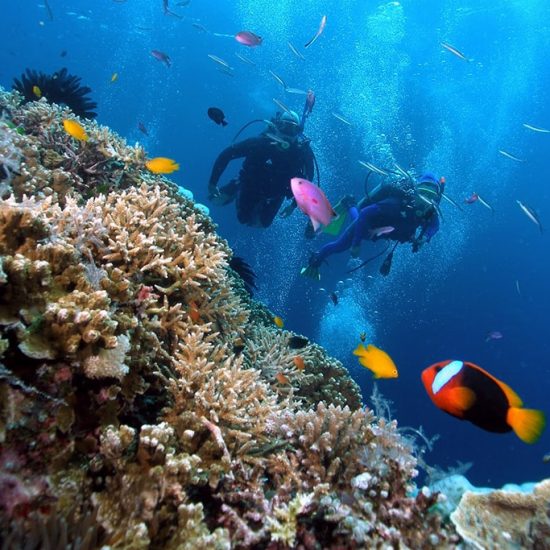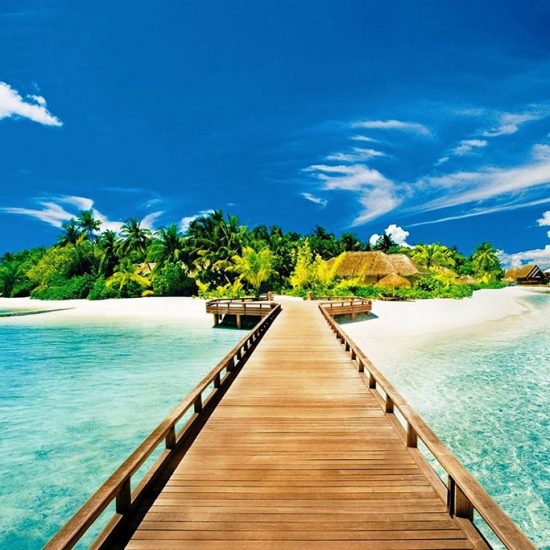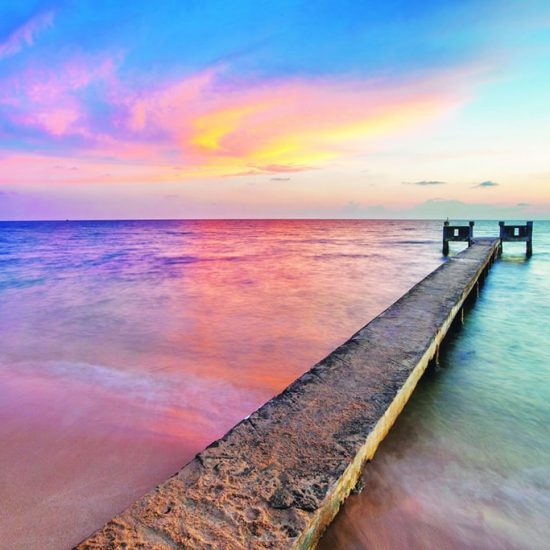Fast boats connect Phu Quoc to both Ha Tien (1½ hours) and Rach Gia (2½ hours). Phu Quoc travel agents have the most up-to-date schedules and can book tickets. Five virtually identical operators, including Duong Dong Express and Superdong run fast boats from Rach Gia to Phu Quoc’s Bai Vong on the east coast, most departing at 8am and making the return journey at 1pm (250,000d). Fast ferries from Ha Tien arrive at the Ham Ninh port, just north of Bai Vong. Seas can be rough between June and September. During peak season, fast ferries run extra trips between Ha Tien and Phu Quoc.
From Ha Tien, two tourist car ferries run to Phu Quoc. One runs to Phu Quoc’s Da Chong port, in the northeast part of the island, with seven departures daily from 4am to 4pm from Ha Tien (3½ hours) and nine departures from 5am to 6pm from Da Chong port (185,000/80,000/700,000d per passenger/motorbike/car).
A second car-ferry route connects to Phu Quoc’s Bai Vong port on the east coast departing Ha Tien daily at 6am, 3.30pm and 4pm (3¼ hours) and 5am, 11am and 5.30pm from Bai Vong port (185,000/80,000/700,000d per passenger/motorbike/car). Another tourist car-ferry route is due to be added to meet demand.
Superdong’s fast ferry from Ha Tien departs at 7.30am, 8am, 12.30pm and 1.15pm (1½ hours), returning from Phu Quoc at 8am, 8.20am, 9.45am, and 1pm.
Superdong also have ferries departing Rach Gia at 8am, 8.30am, 8.45am, 12.40pm and 1pm (2½ hours). Departures from Phu Quoc run at exactly the same times with an additional 1.20pm departure.
To get to the ferry terminals on the east coast of Phu Quoc, Superdong runs its own shuttle buses (30,000d) from the Superdong ticket office in Duong Dong on Ba Muoi Thang Tu near the corner with Nguyen Trai. A taxi from Duong Dong costs about 250,000d.
There are no stores at the ferry terminals, just one or two snack sellers; snacks and drinks are sold on-board the ferries.





